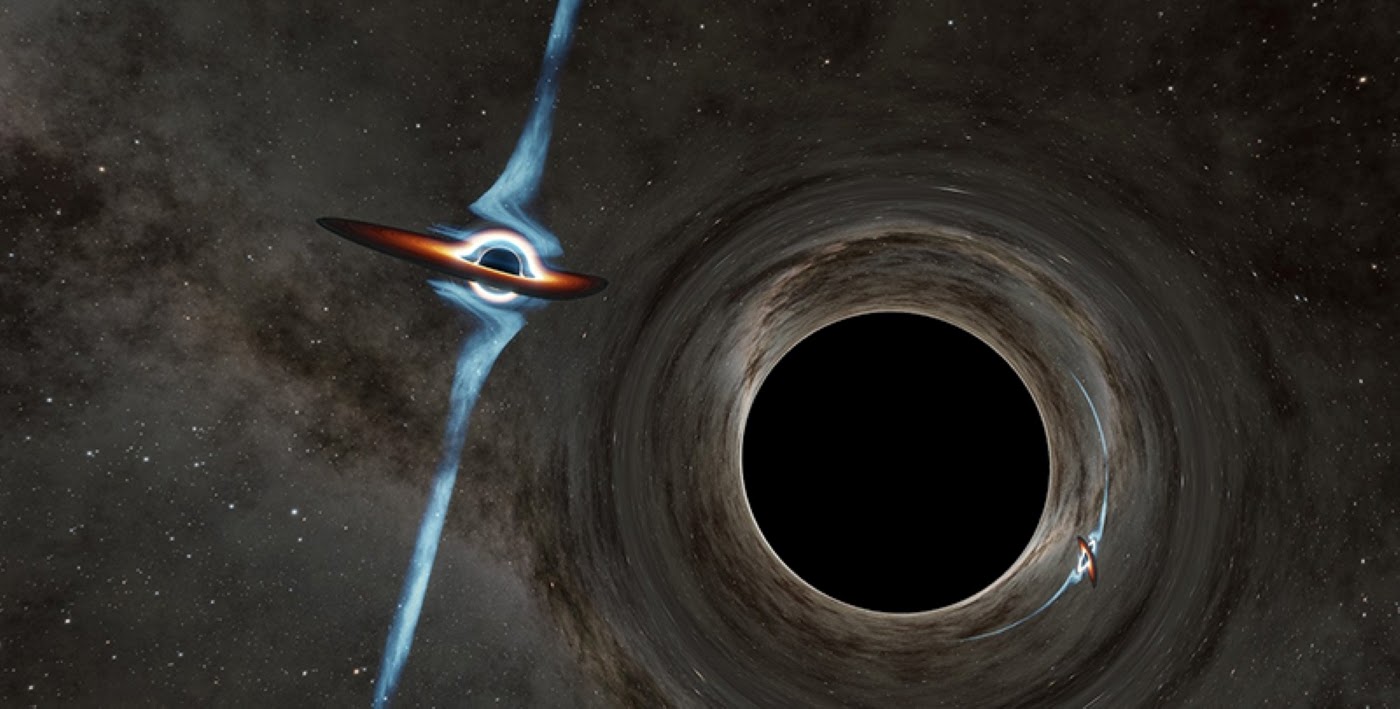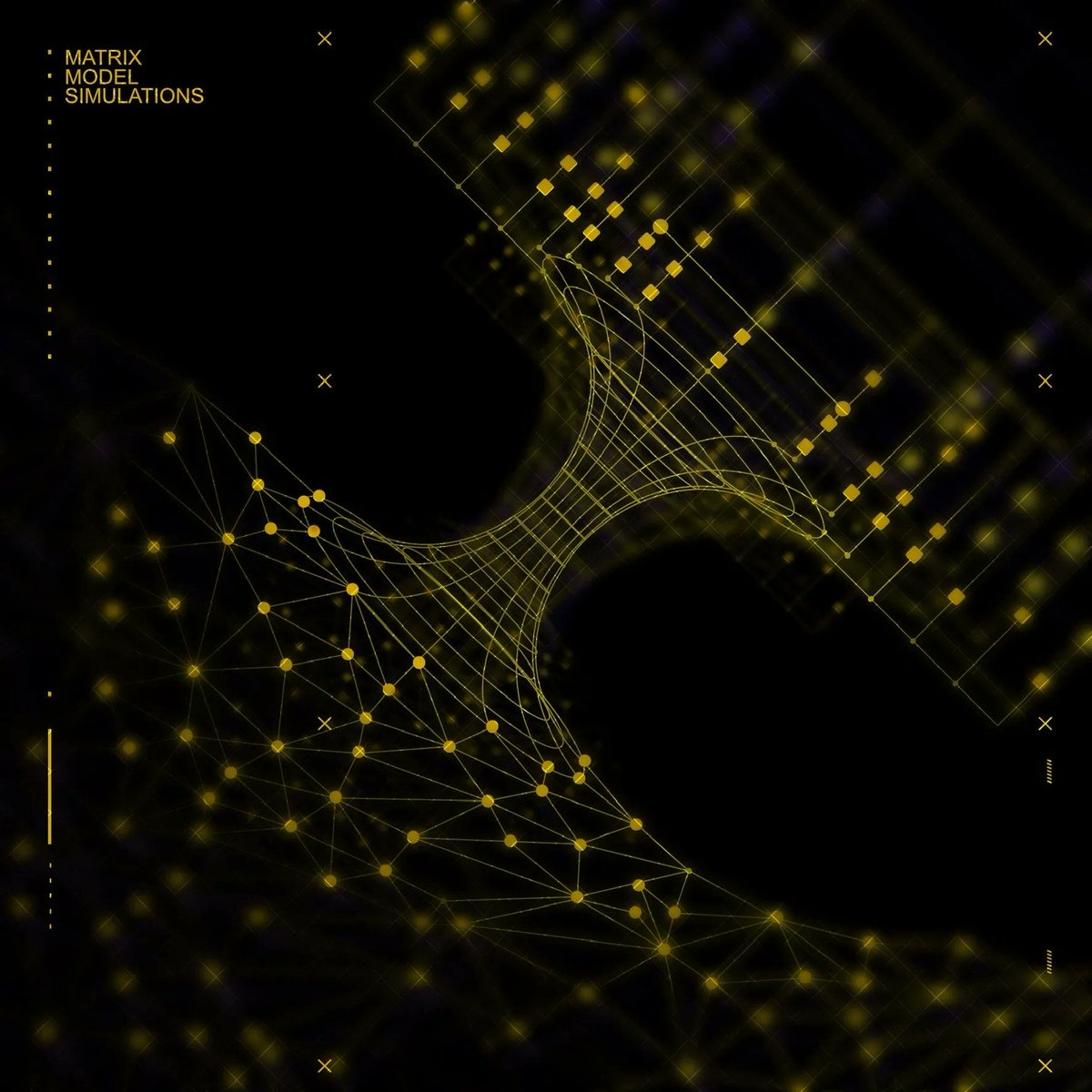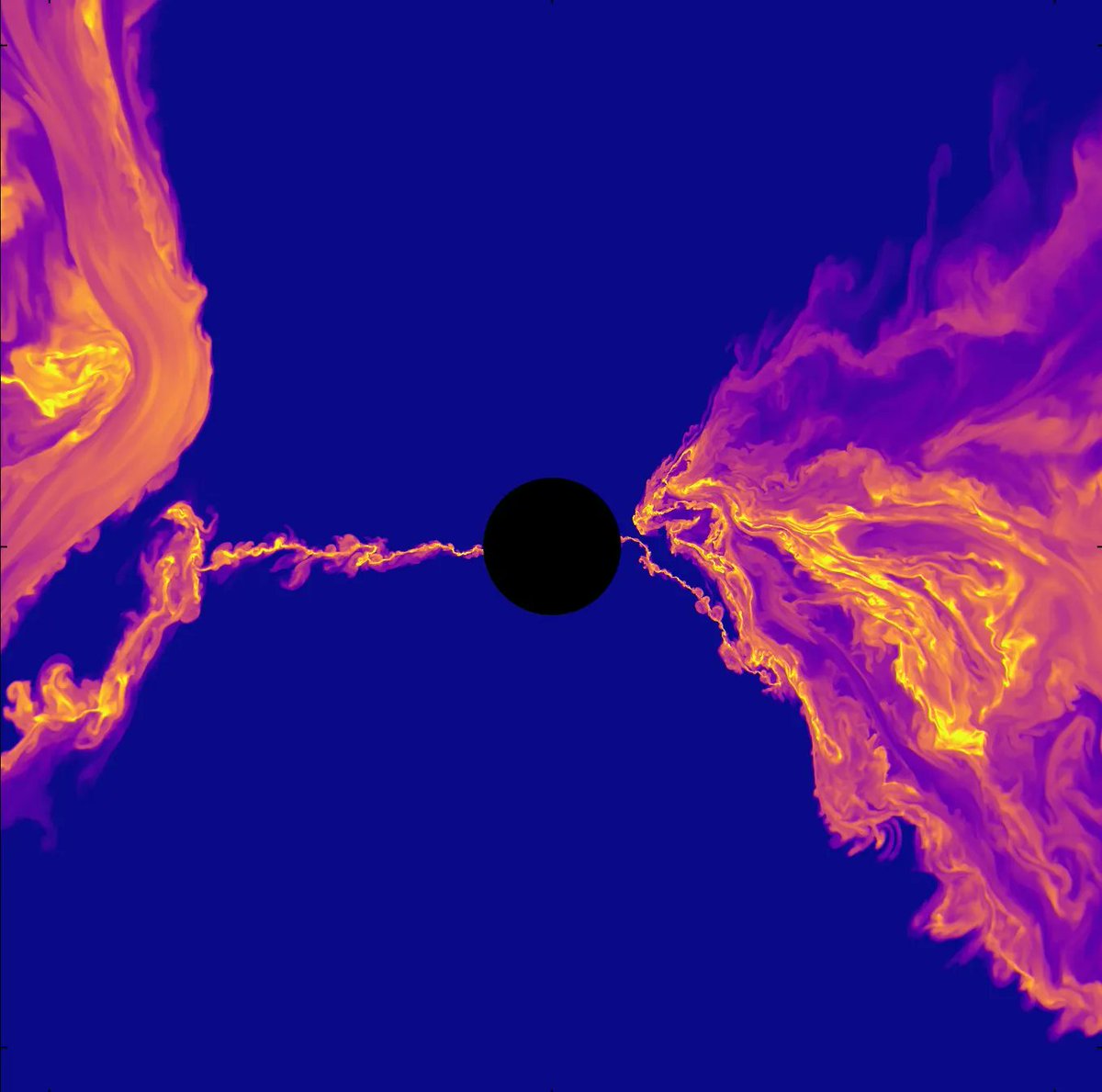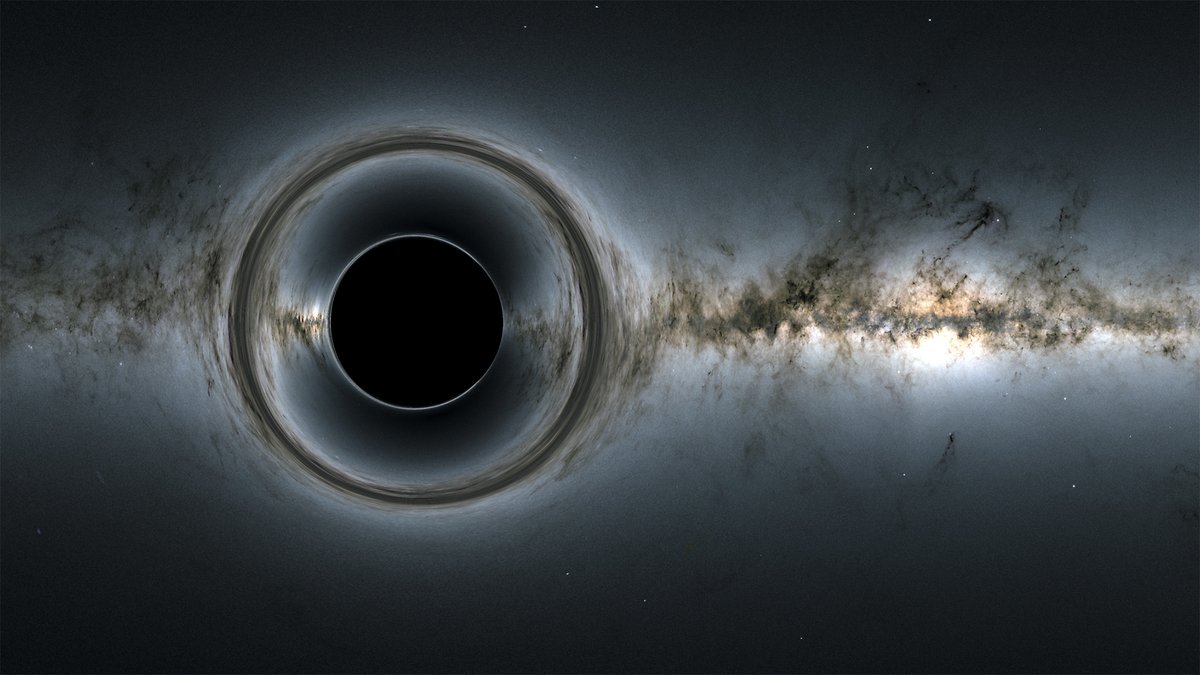Until recently, one of the closest orbiting each other pairs of supermassive blackholes was found in NGC 7727. That pair is about 89 million light-years away from Earth. Those black holes are only 1,600 light-years apart from each other. Another pair in OJ 287, about 3.5 billion light-years from Earth, are only separated by about 0.3 light years. Now scientists have discovered a pair orbiting each other at a distance of 200 AU to 2,000 AU apart, about 0.003 to 0.03 light years.
Continue reading “Astronomers Discover two Supermassive Black Holes Orbiting Each Other, Doomed to Collide in the Future.”The Expanding Debris Cloud From the Kilonova Tells the Story of What Happens When Neutron Stars Collide
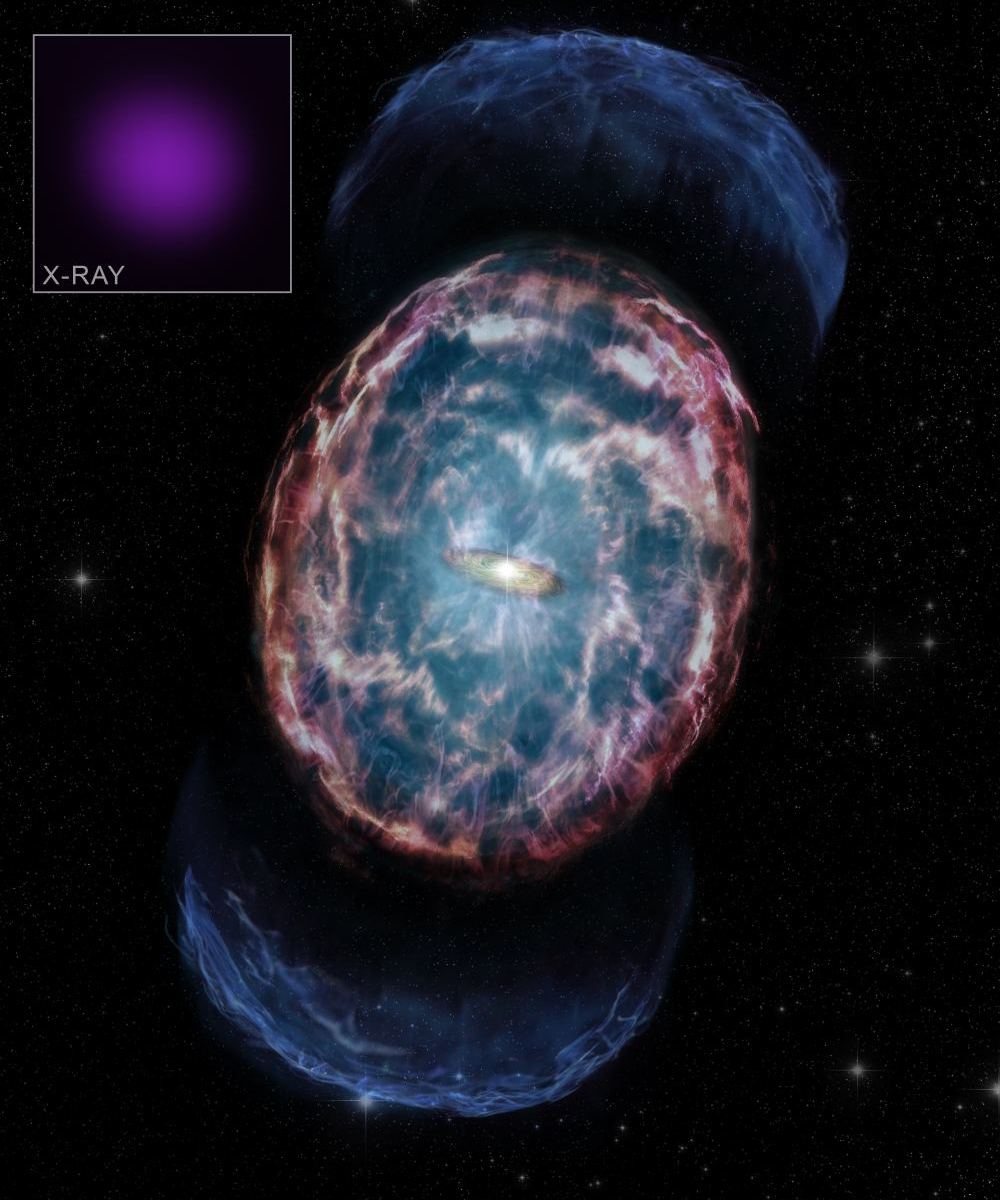
When two neutron stars collide, it creates a kilonova. The event causes both gravitational waves and emissions of electromagnetic energy. In 2017 the LIGO-Virgo gravitational-wave observatories detected a merger of two neutron stars about 130 million light-years away in the galaxy NGC 4993. The merger is called GW170817, and it remains the only cosmic event observed in both gravitational waves and electromagnetic radiation.
Astronomers have watched the expanding debris cloud from the kilonova for years. A clearer picture of what happens in the aftermath is emerging.
Continue reading “The Expanding Debris Cloud From the Kilonova Tells the Story of What Happens When Neutron Stars Collide”What’s Going on Inside a Black Hole? The Answers Could be Written on its Surface
Both quantum computing and machine learning have been touted as the next big computer revolution for a fair while now. However, experts have pointed out that these techniques aren’t generalized tools – they will only be the great leap forward in computer power for very specialized algorithms, and even more rarely will they be able to work on the same problem. One such example of where they might work together is modeling the answer to one of the thorniest problems in physics: how does General Relativity relate to the Standard Model?
Continue reading “What’s Going on Inside a Black Hole? The Answers Could be Written on its Surface”We Finally Understand how Black Holes can Release Powerful Flares
While black holes might always be black, they do occasionally emit some intense bursts of light from just outside their event horizon. Previously, what exactly caused these flares had been a mystery to science. That mystery was solved recently by a team of researchers that used a series of supercomputers to model the details of black holes’ magnetic fields in far more detail than any previous effort. The simulations point to the breaking and remaking of super-strong magnetic fields as the source of the super-bright flares.
Continue reading “We Finally Understand how Black Holes can Release Powerful Flares”The First Rogue Black Hole has Been Discovered, and it’s Only 5,000 Light-Years Away
Microlensing strikes again. Astronomers have been using the technique to detect everything from rogue planets to the most distant star ever seen. Now, astronomers have officially found another elusive object that has long been theorized and that we first reported on back in 2009 but has never directly detected – a rogue black hole.
Continue reading “The First Rogue Black Hole has Been Discovered, and it’s Only 5,000 Light-Years Away”What is Einstein’s Theory of Relativity?
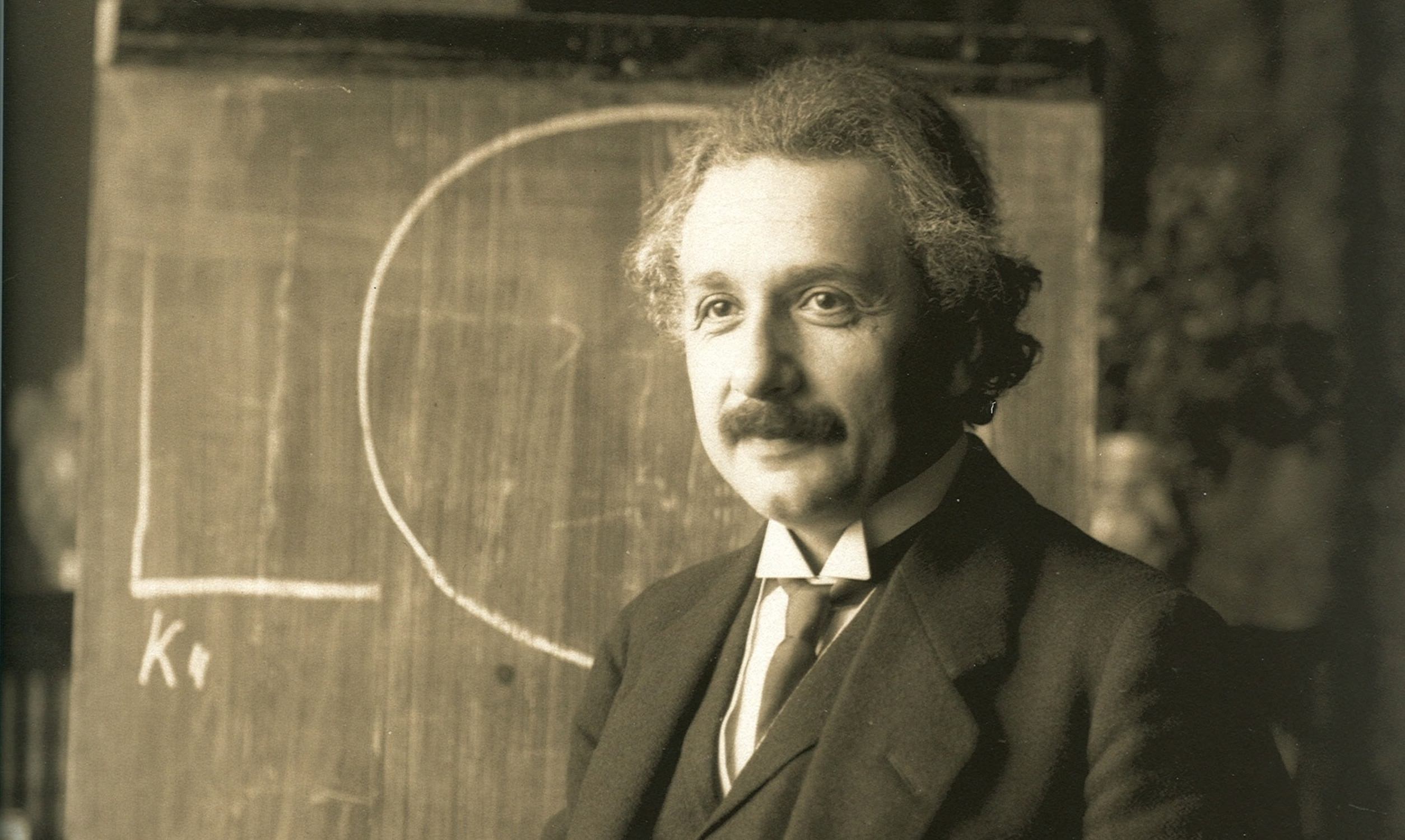
In the history of science and physics, several scholars, theories, and equations have become household names. In terms of scientists, notable examples include Pythagoras, Aristotle, Galileo, Newton, Planck, and Hawking. In terms of theories, there’s Archimede’s “Eureka,” Newton’s Apple (Universal Gravitation), and Schrodinger’s Cat (quantum mechanics). But the most famous and renowned is arguably Albert Einstein, Relativity, and the famous equation, E=mc2. In fact, Relativity may be the best-known scientific concept that few people truly understand.
For example, Einstein’s Theory of Relativity comes in two parts: the Special Theory of Relativity (SR and the General Theory of Relativity (GR). And the term “Relativity” itself goes back to Galileo Galilee and his explanation for why motion and velocity are relative to the observer. As you can probably tell, explaining how Einstein’s groundbreaking theory works require a deep dive into the history of physics, some advanced concepts, and how it all came together for one of the greatest minds of all time!
Continue reading “What is Einstein’s Theory of Relativity?”A new Kind of Supernova has Been Discovered
We often think of supernova explosions as inevitable for large stars. Big star runs out of fuel, gravity collapses its core and BOOM! But astronomers have long thought at least one type of large star didn’t end with a supernova. Known as Wolf-Rayet stars, they were thought to end with a quiet collapse of their core into a black hole. But a new discovery finds they might become supernovae after all.
Continue reading “A new Kind of Supernova has Been Discovered”M87’s Supermassive Black Hole is Spewing out a Spiraling jet of Material
Patterns in nature often occur in more than one place. Spirals, symmetry, and chaos all impact natural phenomena, from the shape of a shell to the course of a river. So it shouldn’t come as a surprise that one of the most famous and fundamental shapes from biology also appears in astrophysics. Yes, scientists have found a double-helix structure in the magnetic field of M87. And it looks just like a super enlarged DNA strand.
Continue reading “M87’s Supermassive Black Hole is Spewing out a Spiraling jet of Material”NASA Launches a New X-ray Observatory
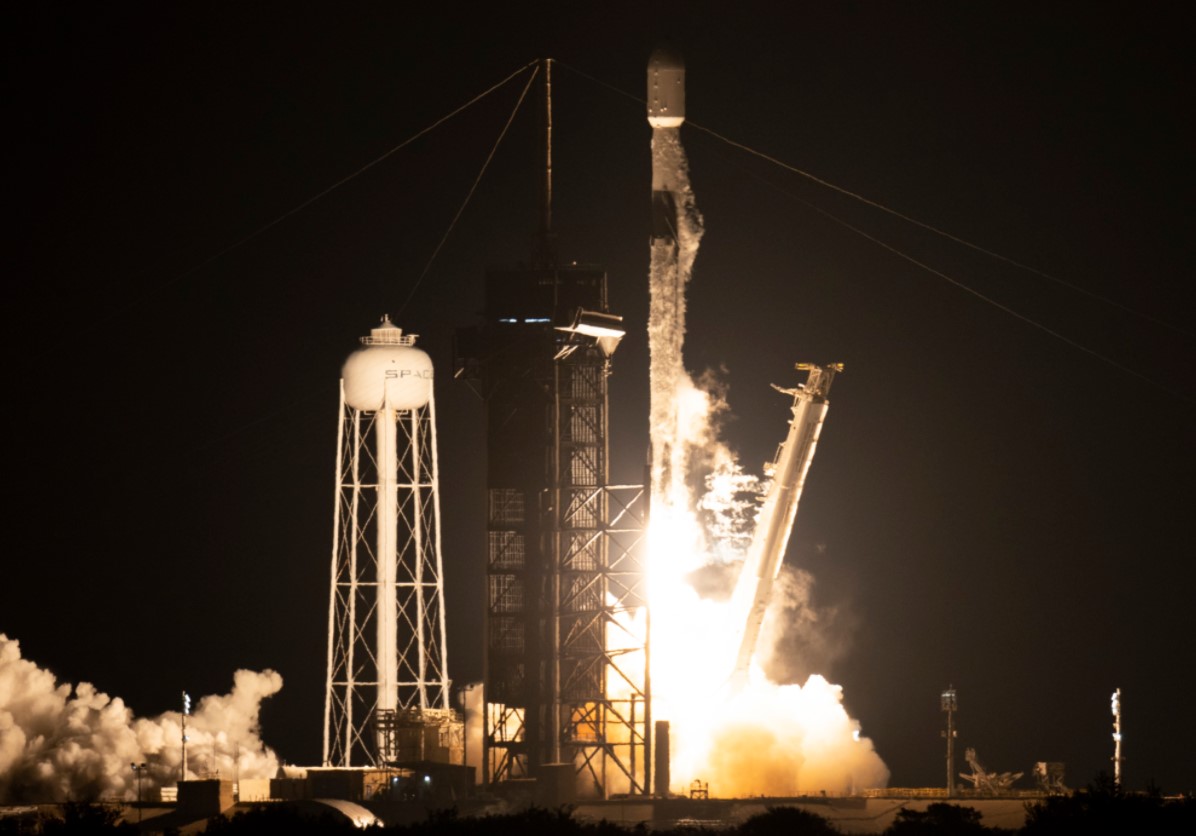
A new mission has launched to study some the most intriguing secrets of the universe. No, not THAT spacecraft (JWST is scheduled for launch on December 22). Another new and exciting mission is called Imaging X-ray Polarimetry Explorer (IXPE) and it will allow scientists to explore the hidden details of some of the most extreme and high-energy objects in the cosmos, such as black holes, neutron stars, pulsars and dozens of other objects.
Continue reading “NASA Launches a New X-ray Observatory”NASA Simulation Shows What Happens When Stars Get Too Close to Black Holes

What happens to a star when it strays too close to a monster black hole? Astronomers have wondered why some stars are ripped apart, while others manage to survive a close encounter with a lurking black hole, only a little worse for wear.
To figure out the dynamics of such an event, scientists built a supercomputer simulation and tested it out on eight different types of stars. The stars were sent towards a virtual black hole, 1 million times the mass of the Sun.
What they found was surprising.
Continue reading “NASA Simulation Shows What Happens When Stars Get Too Close to Black Holes”
